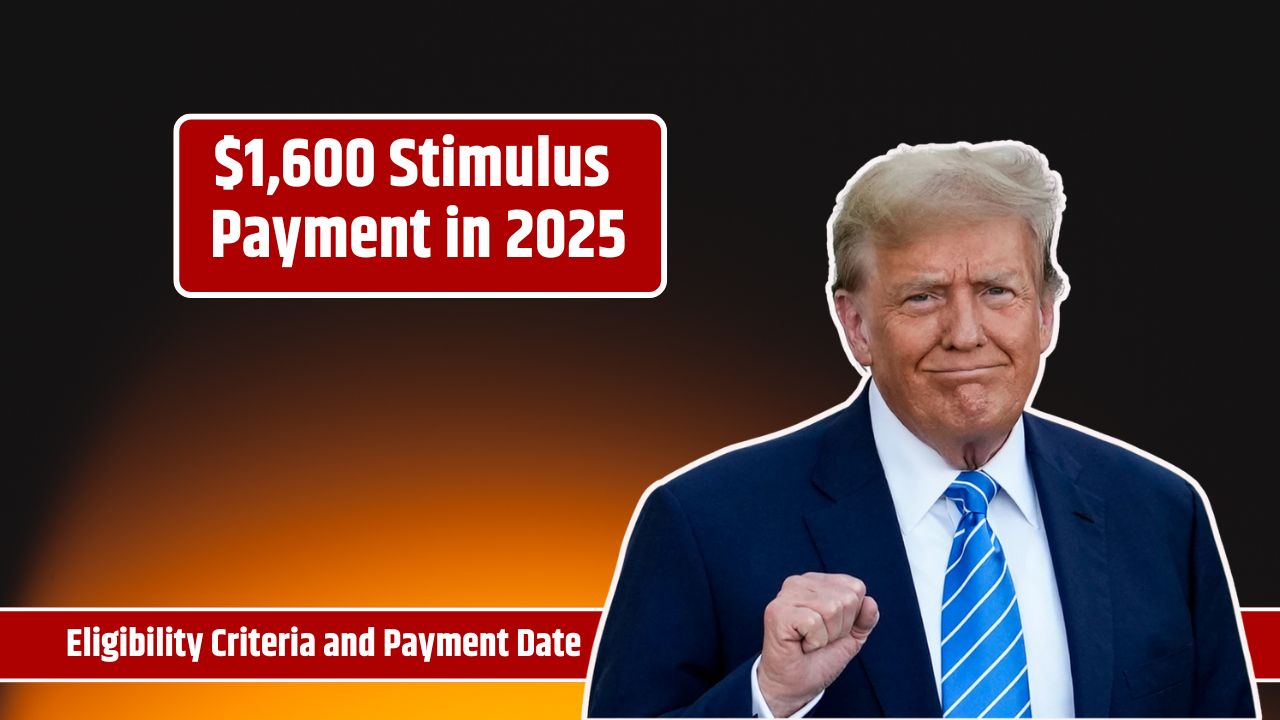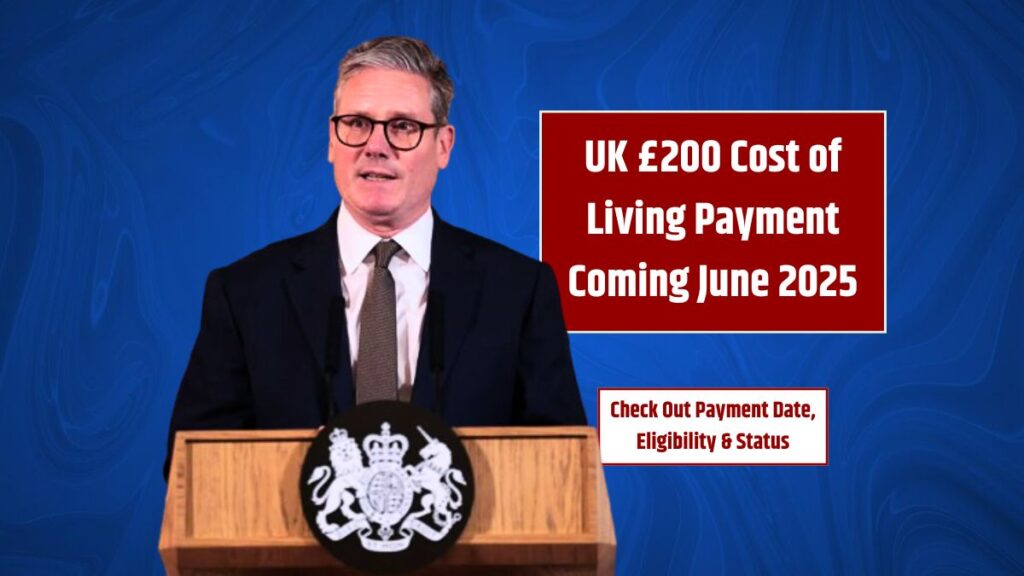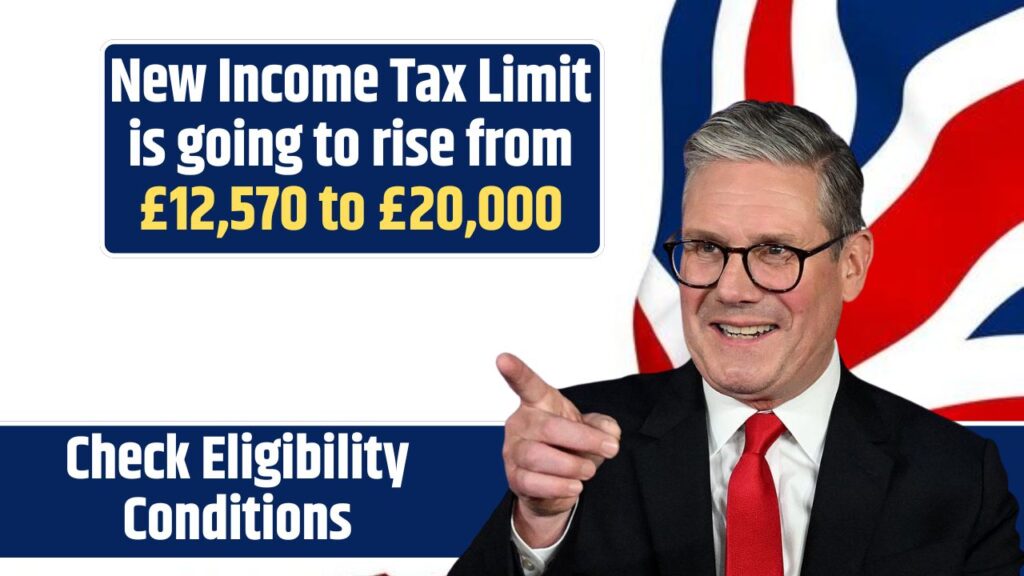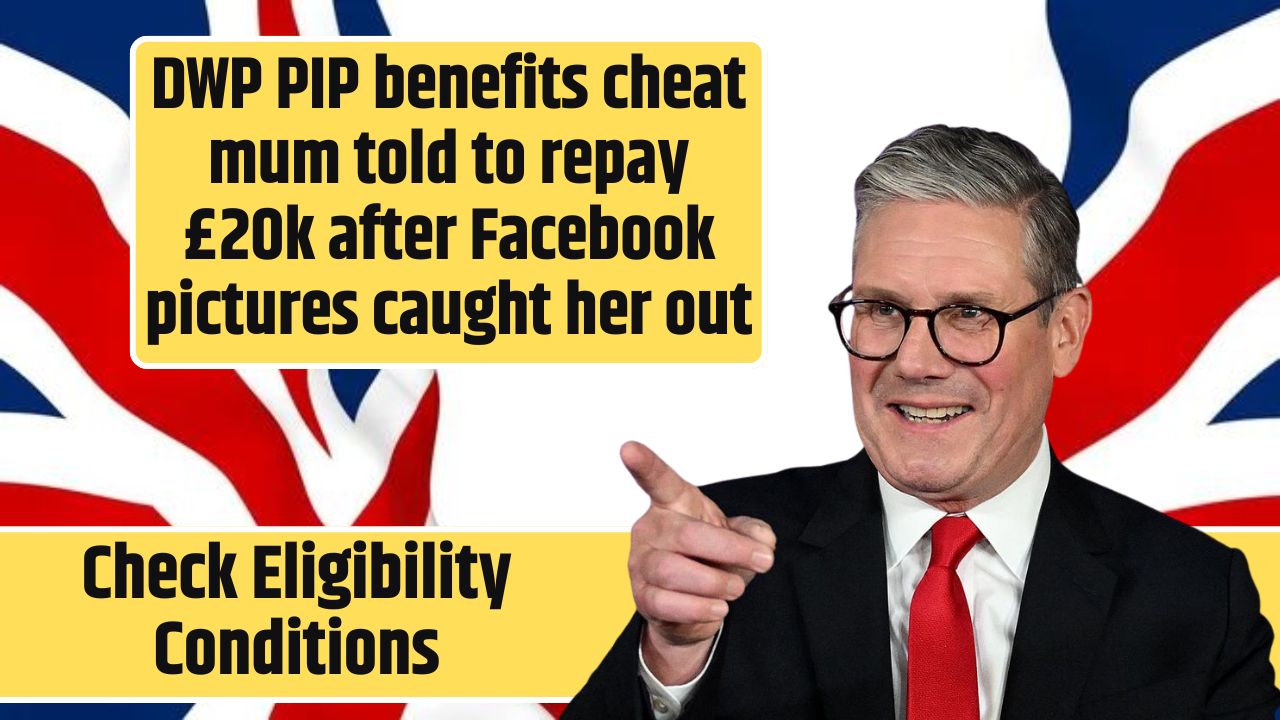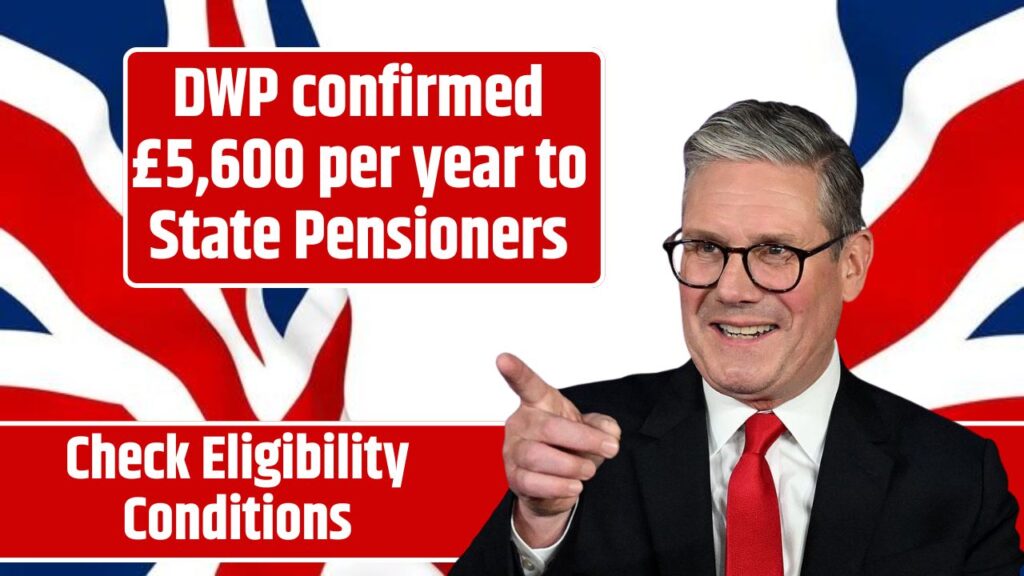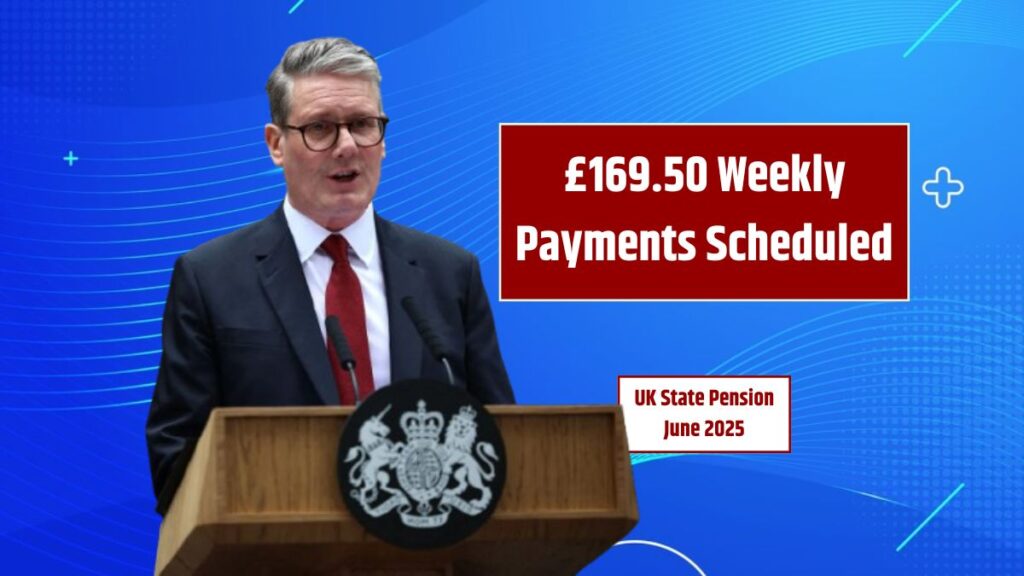With rising prices still stretching household budgets and uncertainty lingering in the economy, talk of a potential $1,600 stimulus check in 2025 is gaining momentum. While it’s not a done deal, the proposal is being considered as part of broader efforts to ease financial pressure for millions of Americans. If you’re wondering what this could mean for you, here’s a detailed look at the possibility of another round of stimulus relief—who might qualify, how it could be distributed, and how you can be ready if it becomes reality.
Why a $1,600 Stimulus Check Is Being Discussed
The economic backdrop of 2025 bears striking similarities to the conditions that led to previous stimulus payments during the pandemic. Here’s what’s fueling the push for new direct payments:
Inflation Isn’t Going Away
Everyday essentials—from groceries to utilities—remain significantly more expensive than just a few years ago. A one-time payment of $1,600 could help cover the gap for families still catching up.
Economic Headwinds
With interest rates still elevated and global markets facing volatility, there’s growing concern about a potential recession. Stimulus payments are seen as a quick way to keep consumer spending alive, especially if job growth slows or layoffs rise.
Past Stimulus Success
The pandemic-era stimulus checks weren’t just popular—they worked. People used the money to pay bills, buy food, and cover rent. It helped households and stimulated the broader economy. Lawmakers know this playbook, and they may turn to it again if conditions worsen.
Who Might Qualify for a 2025 Stimulus?
If the proposed $1,600 payments are approved, the eligibility rules will likely resemble those from previous rounds.
Income Thresholds
| Filing Status | Full Payment If Income Is… | Phase Out Ends At… |
|---|---|---|
| Single | $75,000 or less | $99,000 |
| Married (Joint) | $150,000 or less | $198,000 |
| Head of Household | $112,500 or less | $136,500 |
These thresholds are designed to target relief at middle- and lower-income households.
Dependents Could Mean Extra Cash
Parents or caregivers may see additional payments per qualifying child or dependent. While nothing’s finalized, past figures suggest $500 to $1,400 per dependent could be added on top of the base $1,600.
Social Security and Disability Recipients
If you’re receiving Social Security retirement, disability, or survivor benefits, history suggests you’ll be included—provided your income stays within the qualifying range.
How Payments Could Be Distributed
Once approved, stimulus payments typically follow a familiar rollout pattern:
- Direct Deposit: The fastest way to receive your money. If the IRS has your bank info from a recent tax return, you could get paid within weeks.
- Paper Checks or Prepaid Debit Cards: For those without direct deposit, expect a longer wait as checks or cards arrive by mail.
Expected Timeline
Assuming legislation passes, payments could begin rolling out within 3 to 6 weeks. That’s a relatively swift turnaround, especially by government standards.
What You Should Do Now to Be Ready
Even though the payment isn’t guaranteed yet, there are steps you can take now to position yourself for a smooth process if it happens:
1. File Your Taxes
Whether you owe taxes or not, filing ensures the IRS has your most recent income information—which is crucial for determining eligibility.
2. Update Your Direct Deposit Details
Log in to your IRS account or update your bank info the next time you file taxes. This could shave weeks off your wait time.
3. Stay Informed Through Official Sources
Bookmark IRS.gov. That’s where updates, eligibility tools, and payment timelines will be posted.
4. Be Alert for Scams
If anyone asks you to pay a fee or share personal information to “get your stimulus faster,” it’s a scam. The IRS never contacts people this way.
Potential Payment Scenarios
Here’s how the proposed stimulus could break down across different household types:
| Scenario | Estimated Amount |
|---|---|
| Single parent with 2 children | $1,600 + $1,000–$2,800 |
| Married couple, no dependents | $3,200 total |
| Retiree receiving Social Security | $1,600 |
| Individual earning $95,000 | Partial or no payment |
These estimates are based on past formulas, and the actual amounts could shift depending on the final legislation.
While a new stimulus check in 2025 hasn’t been signed into law, the conversation is serious. With inflation still straining wallets and recession risks looming, the case for another round of direct payments is strong. If you think you might be eligible, the best move now is to stay current with your taxes and direct deposit info—and stay cautious about scams. Whether it’s to cover groceries, catch up on rent, or ease monthly bills, a $1,600 check could be a welcome lifeline for many American households.
FAQs:
Is the $1,600 stimulus check confirmed?
No, the payment is still in the proposal stage and has not been officially approved by Congress.
When could payments begin if approved?
If legislation passes, payments could begin within 3 to 6 weeks afterward.
Will Social Security recipients qualify?
Most likely, yes—based on past stimulus rounds, Social Security recipients within income limits are typically included.

